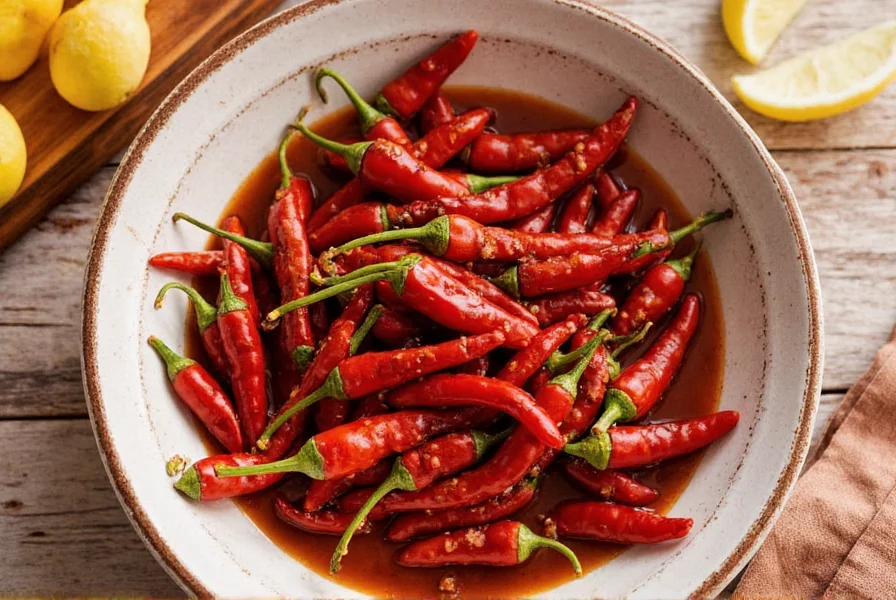
Chipotle peppers are smoked and dried jalapeño peppers. Unlike fresh jalapeños, which are harvested green, chipotles are made from fully ripened red jalapeños that undergo a smoking process to develop their distinctive smoky flavor and deeper color. This traditional Mexican preparation method has been used for centuries and is now popular worldwide for adding depth to dishes.
What Exactly Is a Chipotle Pepper?
The word chipotle comes from the Nahuatl language, which was spoken by the Aztecs, and it literally means "smoked chili." In modern terms, it refers to a jalapeño pepper that's been left to ripen longer on the vine, then smoked and dried.
This isn't your average jalapeño. These ripe red peppers are harvested when they're at their sweetest, then slowly smoked over wood fires until they develop that signature leathery texture and deep, complex flavor.
Because of this process, chipotle peppers have a unique place in the world of spices. They offer not just heat, but depth — perfect for anyone looking to elevate their cooking beyond simple spiciness.
How Hot Are Chipotle Peppers, Really?
Let's address the elephant in the room: how hot is a chipotle pepper? Compared to other chili peppers, chipotles fall somewhere in the medium range on the Scoville scale — between 2,500 and 8,000 SHU (Scoville Heat Units).
| Pepper | Heat Level (SHU) |
|---|---|
| Jalapeño (fresh) | 2,500 – 8,000 |
| Chipotle (smoked jalapeño) | 2,500 – 8,000 |
| Hatch Green Chile | 1,000 – 15,000 |
| Serrano Pepper | 10,000 – 23,000 |
| Habanero Pepper | 100,000 – 350,000 |
So while the base jalapeño may be similar in heat level to the chipotle, the smoking process adds complexity rather than pure fire. You won't get the immediate punch of a habanero, but you will get a long-lasting, rich warmth that builds as you eat.
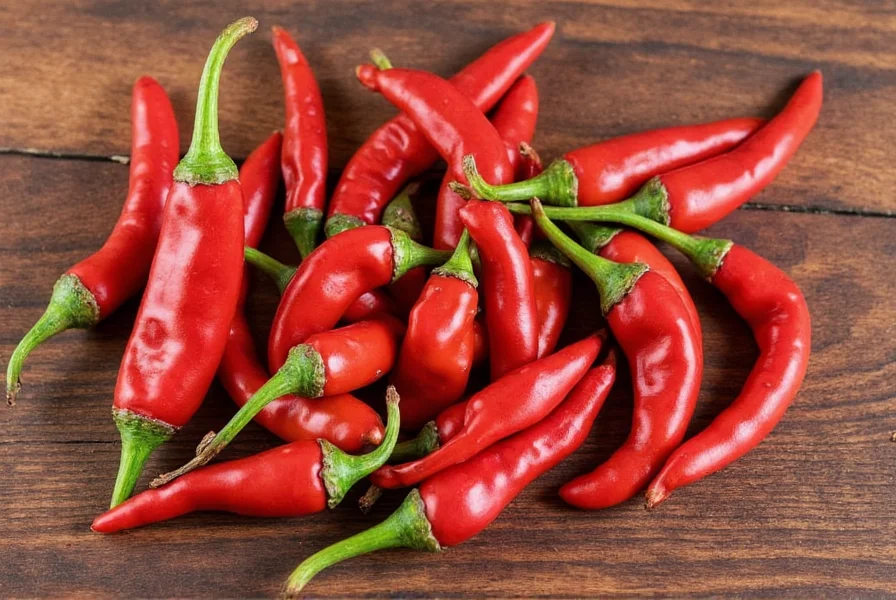
The Flavor Profile: Smoke, Earth, and Just the Right Kick
What sets the chipotle apart from other peppers is its flavor profile. While fresh jalapeños tend to be grassy and sharp, chipotles take on an entirely new character after smoking:
- Smoke: The slow-drying process imparts a deep, campfire-like aroma.
- Earthiness: With a subtle sweetness and herbal undertones.
- Heat: Balanced, lingering, and never overwhelming.
This combination makes chipotle incredibly versatile in the kitchen. Whether you're blending it into sauces, tossing it into stews, or grinding it into powder, chipotle enhances dishes in a way few other spices can match.
5 Practical Tips for Cooking with Chipotle Peppers
Cooking with chipotle doesn't have to be intimidating. Here are some easy yet effective ways to make the most of this smoky spice:
- Use the Canned Version for Convenience: Canned chipotle in adobo sauce is a kitchen staple. Soft, pliable, and packed with flavor, these peppers can be chopped and stirred into soups, salsas, or marinades.
- Blend Into Sauces and Dressings: A few chipotles blended with lime juice, garlic, and olive oil make an instant smoky vinaigrette. Great for drizzling over grilled vegetables or adding kick to dips.
- Rehydrate Dried Peppers for Maximum Flavor: If using whole dried chipotles, soak them in hot water or broth for 20–30 minutes until softened. Then blend into pastes or use directly in stews.
- Toast Before Grinding: To intensify flavor, lightly toast dried chipotles before grinding into powder. This brings out even more smokiness.
- Add to Sweet Recipes for Contrast: Don't shy away from experimenting! A pinch of chipotle powder in chocolate desserts or caramel sauces creates a surprising but delicious contrast.

Your Ultimate Chipotle Pepper Buying Guide
Whether you're shopping online or wandering through the international aisle at your local grocery store, knowing how to pick the best chipotle products is key. Here's what to look for:
Dried Whole Chipotle Peppers
- Color: Dark brown to black with a slight sheen.
- Texture: Leathery but not brittle; should bend slightly without breaking.
- Smell: Strong smoky aroma — if they don't smell like much, they've likely lost their potency.
- Best For: Making homemade sauces, moles, or rubs.
Canned Chipotle in Adobo Sauce
- Consistency: Peppers should be soft and moist, not mushy.
- Adobo Sauce: Rich, tangy, and slightly spicy. Ideal for building flavor layers in soups and stews.
- Brands to Consider: La Costeña, Goya, and El Yucateco are popular and widely available.
- Best For: Quick additions to sandwiches, salsas, and dressings.
Chipotle Powder
- Smell: Strongly aromatic and smoky. Avoid powders that lack scent.
- Label Check: Make sure it's 100% chipotle and not mixed with other chilies unless specified.
- Storage Tip: Keep in a cool, dark place to preserve flavor and potency.
- Best For: Dry rubs, seasoning blends, and finishing touches on meats and roasted veggies.
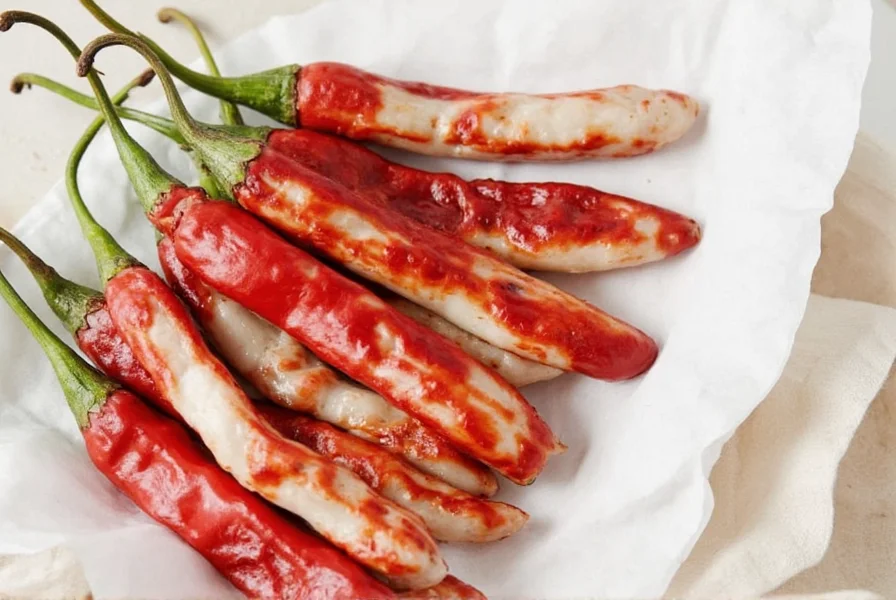
Top Chipotle Products Every Spice Lover Should Try
| Product | Features | Use Cases | Target Audience |
|---|---|---|---|
| La Costeña Chipotle in Adobo | Soft, smoky peppers in thick, flavorful sauce | Sauces, marinades, sandwich spreads | Home cooks, meal preppers, flavor hunters |
| McCormick Culinary Chipotle Ground Chili Pepper | Pure ground chipotle with no additives | Rubs, seasoning blends, grilled meats | Pro chefs, grilling enthusiasts |
| MexGrocer Whole Chipotle Peppers | Natural, organic, and sustainably sourced | Homemade sauces, moles, stews | Foodies, eco-conscious buyers |
| El Yucateco Chipotle Hot Sauce | Smooth, balanced heat with tangy adobo notes | Drizzle on tacos, eggs, or burgers | Hot sauce lovers, quick-flavor seekers |
| Spice Islands Chipotle Seasoning Blend | Ready-to-use mix with garlic, salt, and spices | Seasoning for meats, popcorn, roasted veggies | Newcomers to spice, casual cooks |
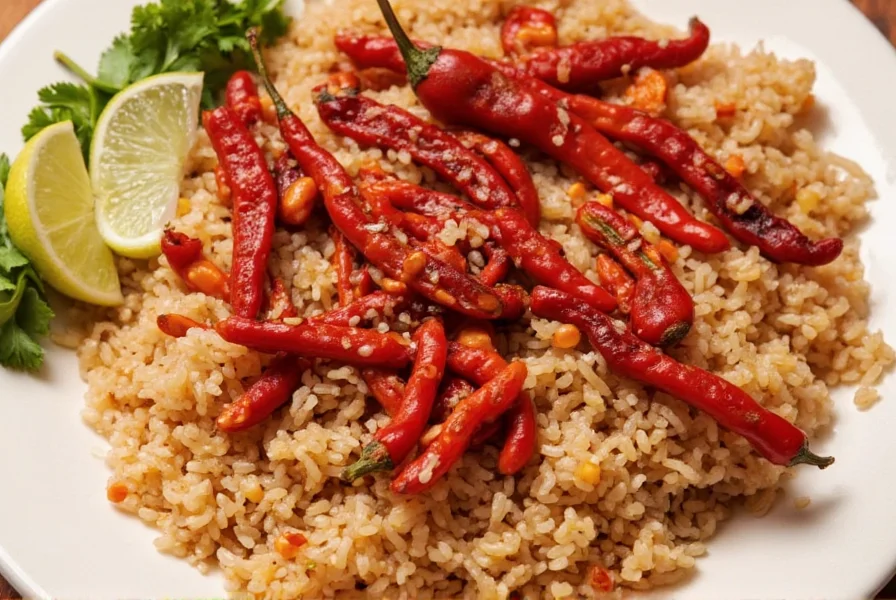
Frequently Asked Questions About Chipotle Peppers
What's the difference between chipotle peppers and regular jalapeños?
Chipotle peppers are actually jalapeños that have been allowed to fully ripen to red, then smoked and dried. This smoking process gives them their distinctive smoky flavor and deeper color compared to fresh green jalapeños, which are harvested earlier and have a brighter, grassier taste.
How hot are chipotle peppers compared to other common peppers?
Chipotle peppers range from 2,500 to 8,000 Scoville Heat Units (SHU), placing them in the medium heat category. They're comparable to fresh jalapeños but milder than serranos (10,000-23,000 SHU) or habaneros (100,000-350,000 SHU). The heat from chipotles is more of a slow-building warmth rather than an immediate fiery punch.
How should I store chipotle peppers to keep them fresh?
For dried whole chipotles: Store in an airtight container in a cool, dark place for up to 1 year. For canned chipotles in adobo: Transfer unused portions to a sealed container and refrigerate for up to 3 weeks, or freeze for up to 6 months. Chipotle powder should be kept in a tightly sealed container away from light and heat for maximum shelf life.
What can I use if I don't have chipotle peppers?
Good substitutes include: 1) Smoked paprika (for the smoky flavor, though less heat), 2) A combination of regular paprika and a small amount of cayenne pepper, 3) Liquid smoke with a mild chili powder, or 4) Guajillo peppers with a touch of smoked flavoring. For the adobo sauce flavor specifically, try mixing tomato paste, vinegar, garlic, and cumin with your substitute pepper.
Are canned chipotle peppers in adobo sauce already cooked?
Yes, canned chipotle peppers in adobo sauce are fully prepared and ready to use. The peppers have already been smoked, dried, and rehydrated in the adobo sauce (which typically contains tomatoes, vinegar, garlic, and spices). You can use them directly from the can without additional cooking, though they're often incorporated into other dishes that require further preparation.
Can I make chipotle powder at home?
Absolutely! To make your own chipotle powder: 1) Obtain dried whole chipotle peppers, 2) Lightly toast them in a dry skillet over medium heat for 1-2 minutes until fragrant, 3) Remove stems and seeds (for milder powder), 4) Grind in a spice grinder or blender until fine, 5) Sift if needed for a smoother texture. Store in an airtight container away from light. Homemade powder will have a fresher, more vibrant flavor than store-bought.
Why are my chipotle peppers so dark in color?
Chipotle peppers are naturally dark brown to almost black because of the smoking process. This isn't a sign of spoilage but rather indicates proper smoking and drying. The dark color comes from the smoke compounds adhering to the pepper's surface during the traditional smoking process, which also contributes to their distinctive flavor.
Can I grow my own chipotle peppers?
You can grow jalapeño peppers, which are the base for chipotles, but you cannot grow "chipotle peppers" directly. Chipotles are created through the smoking process of ripe red jalapeños. If you grow jalapeño plants, allow the peppers to fully ripen to red on the plant, then smoke and dry them following traditional methods to create your own chipotles.
Final Thoughts: Embrace the Smoke
There's something deeply satisfying about the flavor of chipotle. Whether you're a professional chef or just someone who enjoys a little extra flair in your meals, chipotle offers a depth of flavor that few other spices can match.
From the slow-smoked jalapeños to the vibrant adobo sauces, this spice opens up a whole world of culinary creativity. So go ahead — embrace the smoke, experiment with different forms, and let your taste buds travel south of the border.
And remember, when it comes to chipotle peppers, it's not just about heat — it's about soul.
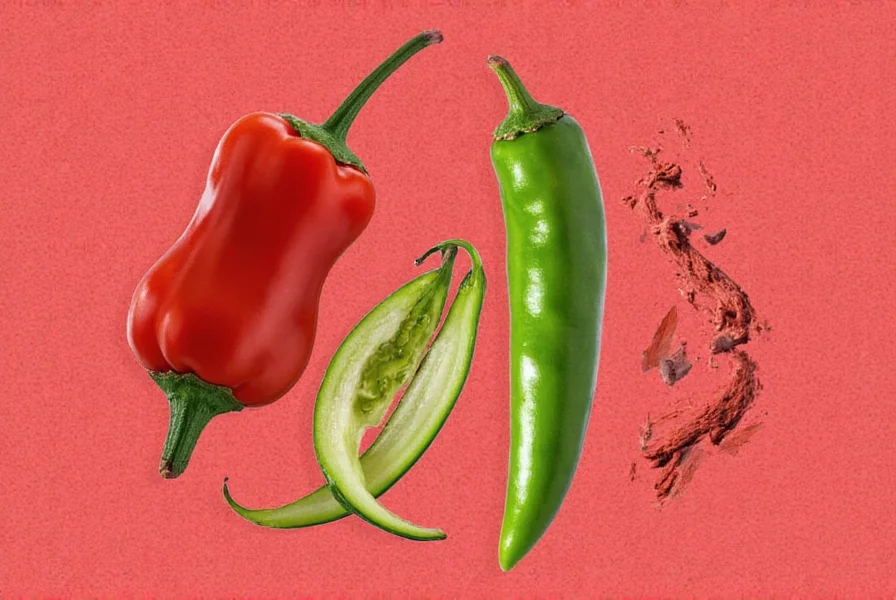

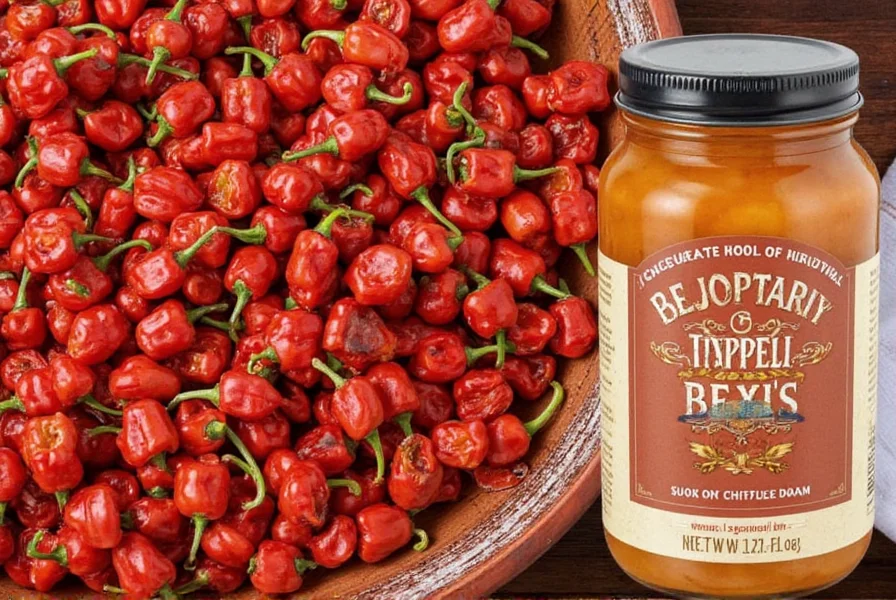









 浙公网安备
33010002000092号
浙公网安备
33010002000092号 浙B2-20120091-4
浙B2-20120091-4